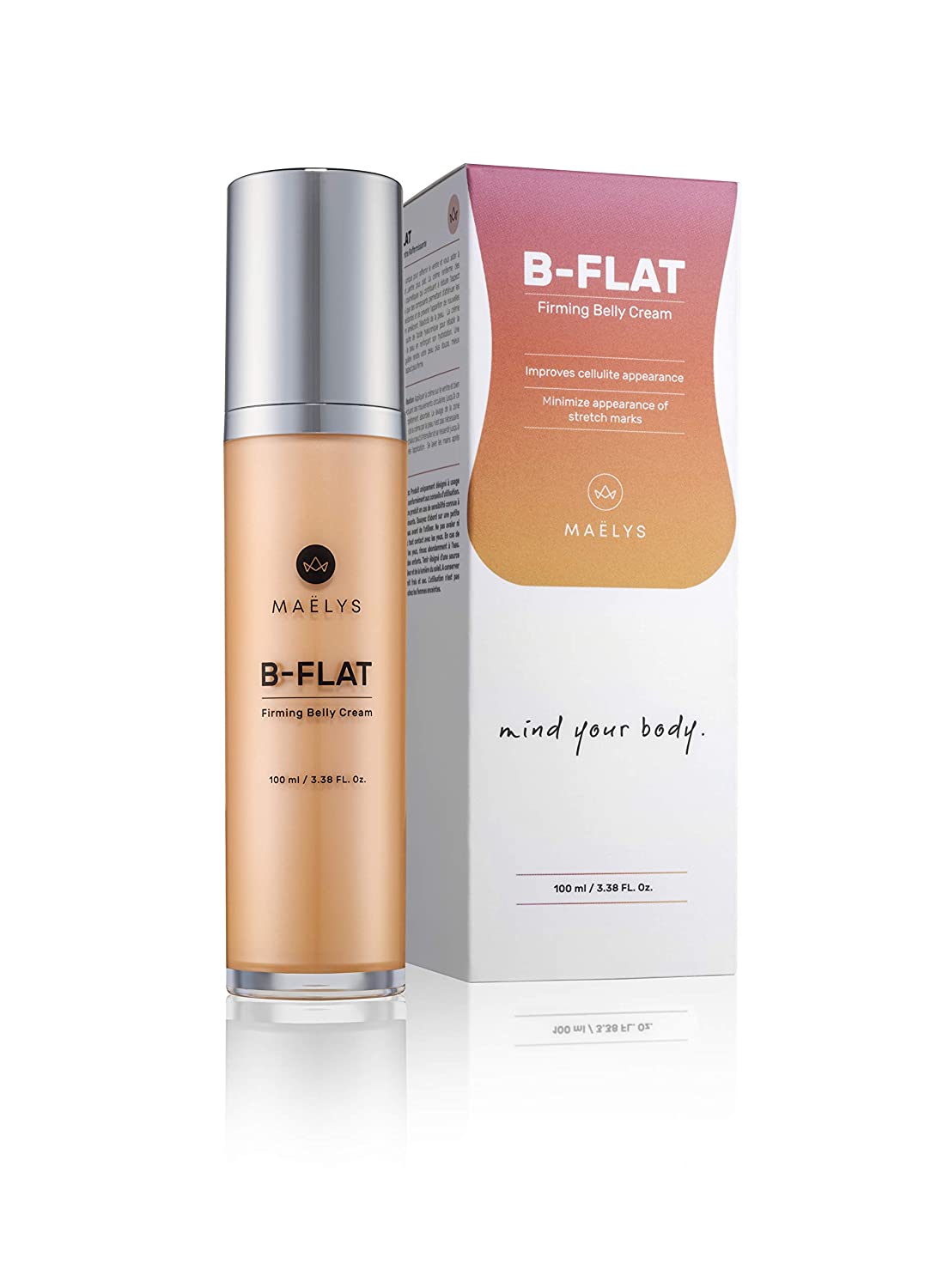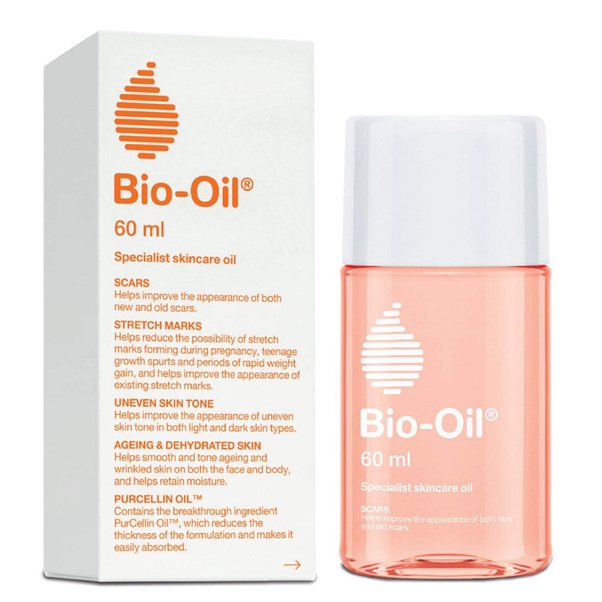Ask RewindGuide: Do stretch marks go away?
Stretch marks, also known as striae, are a common skin condition that occurs when the skin stretches rapidly, such as during pregnancy, puberty, or rapid weight gain or loss. They are characterized by narrow, reddish or purplish lines or stripes on the skin, and they can appear anywhere on the body but are most commonly found on the abdomen, breasts, hips, and thighs.
Here are five key takeaways about stretch marks:
- Stretch marks are caused by the skin stretching rapidly, such as during pregnancy, rapid weight gain or loss, or growth spurts.
- Stretch marks appear as red or purple lines on the skin and can be raised or indented.
- Stretch marks are more common in women, but men can also develop them.
- Stretch marks can be itchy and may cause discomfort, but they are not harmful to your health.
- Stretch marks can fade over time, but they generally do not disappear completely.
One of the most common questions about stretch marks is whether they go away. The answer is that it depends on the severity and age of the stretch marks. In some cases, stretch marks may fade and become less noticeable over time, especially if they are new and still reddish or purplish in color. However, older stretch marks that are more deeply ingrained in the skin are less likely to disappear completely.
There are several treatments that may help to reduce the appearance of stretch marks, although none of them can guarantee to completely eliminate them. These treatments include topical creams and lotions, laser therapy, and microneedling. These treatments can help to stimulate collagen production, improve the appearance of the skin, and reduce the appearance of stretch marks, but they are not always effective and results may vary.
It is important to note that stretch marks are a natural part of the skin’s healing process and are not necessarily a sign of poor health or a lack of care. While there are treatments available to help reduce the appearance of stretch marks, it is important to have realistic expectations and to remember that they may not go away completely.
In conclusion, stretch marks may fade and become less noticeable over time, but they are unlikely to disappear completely. While there are treatments available to help reduce their appearance, it is important to have realistic expectations and to accept them as a natural part of the skin’s healing process.
Now, let’s take a look at some common questions about stretch marks and home remedies to treat them:
Can home remedies get rid of stretch marks?
While home remedies may help to fade stretch marks and improve the appearance of the skin, they are unlikely to completely get rid of stretch marks. Some home remedies that may help to reduce the appearance of stretch marks include massaging the skin with cocoa butter or coconut oil, using exfoliants to improve skin texture, and applying products containing vitamin C or retinol to stimulate collagen production.
Can stretch marks be prevented?
While it is not possible to completely prevent stretch marks, there are some steps you can take to reduce your risk of developing them. These include maintaining a healthy weight, avoiding rapid weight gain or loss, and staying well-hydrated to keep the skin elastic.
Are stretch marks permanent?
Stretch marks are generally considered to be a permanent change to the skin, although they can fade over time. Stretch marks may become less visible with time, but they generally do not disappear completely.
Can stretch marks be removed surgically?
There are several surgical procedures that can help to improve the appearance of stretch marks, such as laser treatments, dermabrasion, and skin needling. These treatments can help to soften the appearance of stretch marks and improve the texture of the skin, but they are generally not able to completely remove stretch marks.
Are there any over-the-counter products that can help reduce the appearance of stretch marks?
There are many over-the-counter products that claim to help reduce the appearance of stretch marks, including creams, lotions, and oils. While these products may help to improve the appearance of the skin and reduce the visibility of stretch marks, they are generally not able to completely remove stretch marks. It is important to be cautious when using these products, as some may contain ingredients that can irritate the skin or cause allergic reactions.
In conclusion, stretch marks are a common concern for many people, and while they can fade over time, they generally do not disappear completely. There are a number of home remedies and over-the-counter products that may help to reduce the appearance of stretch marks, but it is important to be cautious when using these products and to be realistic about the results you can expect. If you are concerned about stretch marks, it is a good idea to speak with a dermatologist or other healthcare professional for advice and treatment options.
Do stretch marks go away when you lose weight?
It is possible that stretch marks may become less visible or less noticeable as you lose weight, but it is unlikely that they will disappear completely. Stretch marks are caused by the skin stretching rapidly, and they occur when the skin’s elastic fibers are stretched beyond their capacity. When the skin stretches, the fibers can break and form scars, which appear as red or purple lines on the skin.
As you lose weight, the skin will shrink back to its original size, which may help to reduce the appearance of stretch marks. However, the scars caused by stretch marks will generally remain visible to some degree. Some people may find that their stretch marks become less noticeable or fade over time, while others may find that their stretch marks remain more prominent.
If you are concerned about stretch marks and would like to improve the appearance of your skin, there are a number of treatments available that may help. These include laser treatments, dermabrasion, and skin needling, which can help to soften the appearance of stretch marks and improve the texture of the skin. It is important to speak with a dermatologist or other healthcare professional to determine the best treatment options for your specific needs.






